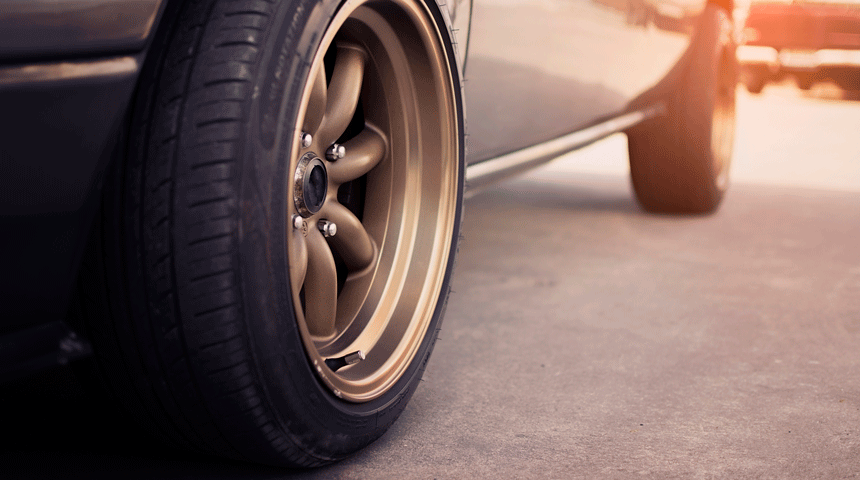annual Adjective for something that happens every year. (in botany) A plant that lives only one year, so it usually has a showy flower and produces many seeds.
aquatic An adjective that refers to water.
carbon dioxide (or CO2) A colorless, odorless gas produced by all animals when the oxygen they inhale reacts with the carbon-rich foods that they’ve eaten. Carbon dioxide also is released when organic matter burns (including fossil fuels like oil or gas). Carbon dioxide acts as a greenhouse gas, trapping heat in Earth’s atmosphere. Plants convert carbon dioxide into oxygen during photosynthesis, the process they use to make their own food.
chemical A substance formed from two or more atoms that unite (bond) in a fixed proportion and structure. For example, water is a chemical made when two hydrogen atoms bond to one oxygen atom. Its chemical formula is H2O. Chemical also can be an adjective to describe properties of materials that are the result of various reactions between different compounds.
constant Continuous or uninterrupted.
debris Scattered fragments, typically of trash or of something that has been destroyed. Space debris, for instance, includes the wreckage of defunct satellites and spacecraft.
ecosystem A group of interacting living organisms — including microorganisms, plants and animals — and their physical environment within a particular climate. Examples include tropical reefs, rainforests, alpine meadows and polar tundra. The term can also be applied to elements that make up some an artificial environment, such as a company, classroom or the internet.
electron A negatively charged particle, usually found orbiting the outer regions of an atom; also, the carrier of electricity within solids.
electron microscope A microscope with high resolution and magnification that uses electrons rather than light to image an object.
exhaust (in engineering) The gases and fine particles emitted — often at high speed and/or pressure — by combustion (burning) or by the heating of air. Exhaust gases are usually a form of waste.
fuel Any material that will release energy during a controlled chemical or nuclear reaction. Fossil fuels (coal, natural gas and petroleum) are a common type that liberate their energy through chemical reactions that take place when heated (usually to the point of burning).
geological Adjective to describe things related to Earth’s physical structure and substance, its history and the processes that act on it. People who work in this field are known as geologists.
microplastic A small piece of plastic, 5 millimeters (0.2 inch) or smaller in size. Microplastics may have been produced at that small size, or their size may be the result of the breakdown of water bottles, plastic bags or other things that started out larger.
microscope An instrument used to view objects, like bacteria, or the single cells of plants or animals, that are too small to be visible to the unaided eye.
particle A minute amount of something.
plastic Any of a series of materials that are easily deformable; or synthetic materials that have been made from polymers (long strings of some building-block molecule) that tend to be lightweight, inexpensive and resistant to degradation.
scanning electron microscope A scientific instrument in which the surface of a specimen is scanned by a beam of electrons that are reflected to form an image.
society An integrated group of people or animals that generally cooperate and support one another for the greater good of them all.
synthetic An adjective that describes something that did not arise naturally, but was instead created by people. Many synthetic materials have been developed to stand in for natural materials, such as synthetic rubber, synthetic diamond or a synthetic hormone. Some may even have a chemical makeup and structure identical to the original.
toxicologist A scientist who investigates the potential harm posed by physical agents in the environment. These may include materials to which we may be intentionally exposed, such as chemicals, cigarette smoke and foods, or materials to which we are exposed without choice, such as air and water pollutants. Toxicologists may study the risks such exposures cause, how they produce harm or how they move throughout the environment.
X-ray A type of radiation analogous to gamma rays, but having somewhat lower energy.








